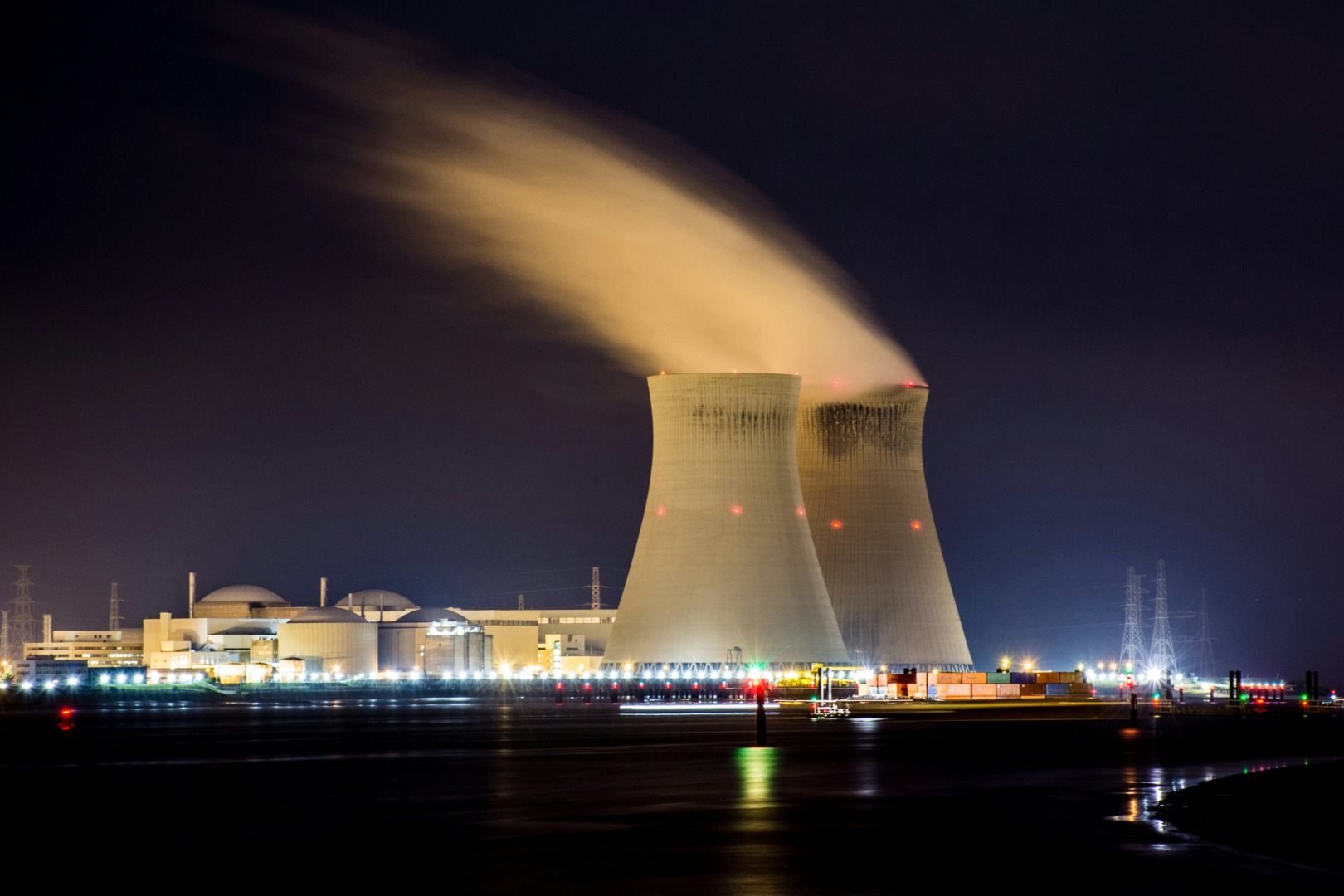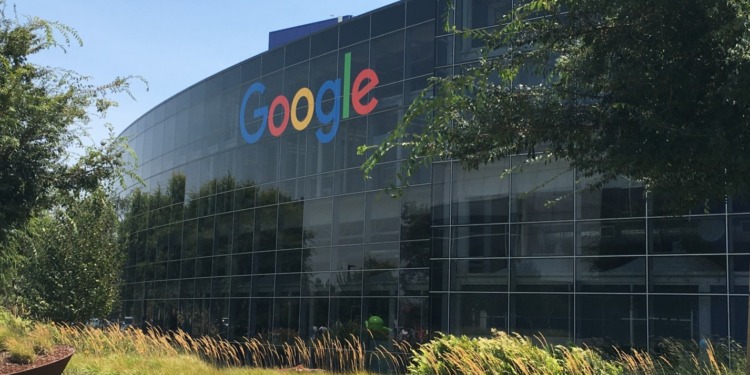Google has commissioned the building of small modular nuclear reactors (SMRs) to help power its data centres and operations around the world. This is the first such deal signed by a tech company.
On Monday, Google explained that California-based start-up Kairos Power has been contracted to build the SMRs. Their first expected reactor should be online by 2030, with more to come through 2035.
It is still unclear if this new energy will be added to the existing power grid or if it will be used directly to power Google’s data centres, which are growing rapidly in number and size. The deal between Google and Kairos Power is anticipated to generate up to 500 MW of carbon-free energy.
This comes as Google’s emissions are rapidly growing. The company’s emissions were 13% higher in 2023 than in the previous year, in large part due to the growing energy demands of artificial intelligence (AI) and its querying ability.
Electricity consumption in Google’s data centres alone rose 17% last year, and is likely to keep growing going forward. These data centres represent between 7-10% of electricity consumption in all data centres worldwide, and between 1-1.3% of the world’s electricity demand, according to the International Energy Agency (IEA).
AI has been one of the main drivers of this increased consumption and, in turn, increased emissions. OpenAI researchers have found that the computing power needed to train and query these AI models has doubled in size every 3.4 months in the past 12 years. By 2040, 14% of global emissions will come from the information technology industry, largely catalysed by data centres and communication networks.
Google, one of the largest companies in the world, valued at just over $750 billion, aims to reach net-zero emissions by 2030. As their operations continue to grow, this means heavy investment into clean energy projects. Just last year, Google completed a project with Fervo Energy to expand their geothermal energy capacity 25% ahead of their commercial pilot.
Regarding this most recent deal with Kairos, Google’s senior director of energy and climate, Michael Terrell, said that this was a “landmark” in its “15-year clean energy journey.”
“We feel nuclear can play an important role in helping us to meet our demand, and helping us to meet our demand cleanly and round the clock,” Terrell added.
Recently, nuclear power has become an attractive option for tech giants trying to cleanly power their data centres. In September, Microsoft announced it had signed a 20-year deal to purchase nuclear energy from a nuclear power plant in Pennsylvania. The plant, located on Three Mile Island, is famous for being the site of a nuclear accident in 1979. It was shut down due to operational losses in 2019, before energy company Constellation announced its intention to revive the plant, which should be back in service by 2028.

In their press release announcing the deal with Kairos, Google outlined additional reasons for nuclear power being an attractive option. The statement declares that:
“Investing in advanced nuclear technology can also provide direct economic benefits to communities across the U.S. Nuclear power has the highest economic impact of any power generation source, according to the U.S. Department of Energy (DOE), and creates high-paying, long-term jobs. The agency estimates reaching 200 GW of advanced nuclear capacity in the U.S. by 2050 will require an additional 375,000 workers.”
Nuclear energy creates pollution-free power and results in zero greenhouse gas emissions, making it one of the cleanest available energy sources. SMRs, such as the ones Google hopes will power its data centres, are smaller-scale traditional reactors. They are considered safer, more cost-effective, and versatile than traditional, large nuclear reactors. They also have the advantage of being deployed in smaller locations and microgrids, perhaps more suitable to data centre use. A criticism of SMRs is that they are too small to scale energy production efficiently in the long run.
Still, as tech companies are producing more emissions than ever before, we are seeing more investment in clean energy such as that from nuclear reactors, to power the ever-growing electricity demands.
Editor’s Note: The opinions expressed here by the authors are their own, not those of Impakter.com — In the Cover Photo: Googleplex Headquarters, Mountain View, US, July 2016. Cover Photo Credit: Wikimedia Commons.









